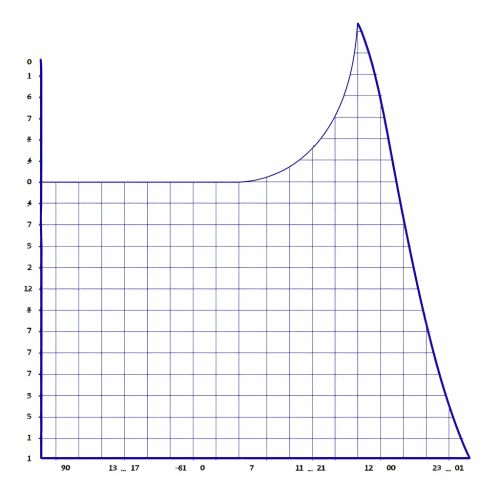Cubic Equation
Definition
A cubic equation is a type of polynomial equation that involves the cube of an unknown quantity. It is an equation of the third degree, meaning it contains at least one term that is cubed. The general form of a cubic equation in one variable is ax³ + bx² + cx + d = 0, where a, b, c, and d are constants, and a ≠ 0.


Historical Background
The first known solutions to cubic equations date back to the ancient Babylonian civilization, who had geometric methods for solving certain cubic equations. However, the first complete solutions were found by the Italian mathematician Scipione Del Ferro in the 16th century. His work was later expanded upon by other mathematicians such as Niccolò Tartaglia and Gerolamo Cardano, who published the first general solution in his 1545 book "Ars Magna".
Characteristics
Cubic equations have certain characteristics that distinguish them from other types of polynomial equations. They always have at least one real root, but can have up to three. The graph of a cubic equation, known as a cubic function, is always a smooth, continuous curve that has no sharp corners or discontinuities. The curve can have one or two turning points, and it extends to infinity in both the positive and negative directions along the y-axis.
Roots of a Cubic Equation
The roots of a cubic equation are the values of the variable that make the equation true when they are substituted into the equation. These roots can be found using various methods, including factoring, the rational root theorem, and Cardano's method. The latter is a complex process involving the use of complex numbers and trigonometric functions, and is beyond the scope of this article.
Applications
Cubic equations have numerous applications in various fields of science and engineering. They are used in physics to describe certain types of motion, in chemistry to model certain types of reactions, and in economics to model certain types of growth or decay processes. They are also used in computer graphics to generate smooth curves and surfaces.
Solving Cubic Equations
There are several methods for solving cubic equations, each with its own advantages and disadvantages. The most common methods include factoring, the rational root theorem, synthetic division, and Cardano's method. Each of these methods involves a different approach to finding the roots of the equation, and the choice of method often depends on the specific form of the equation and the nature of its coefficients.
